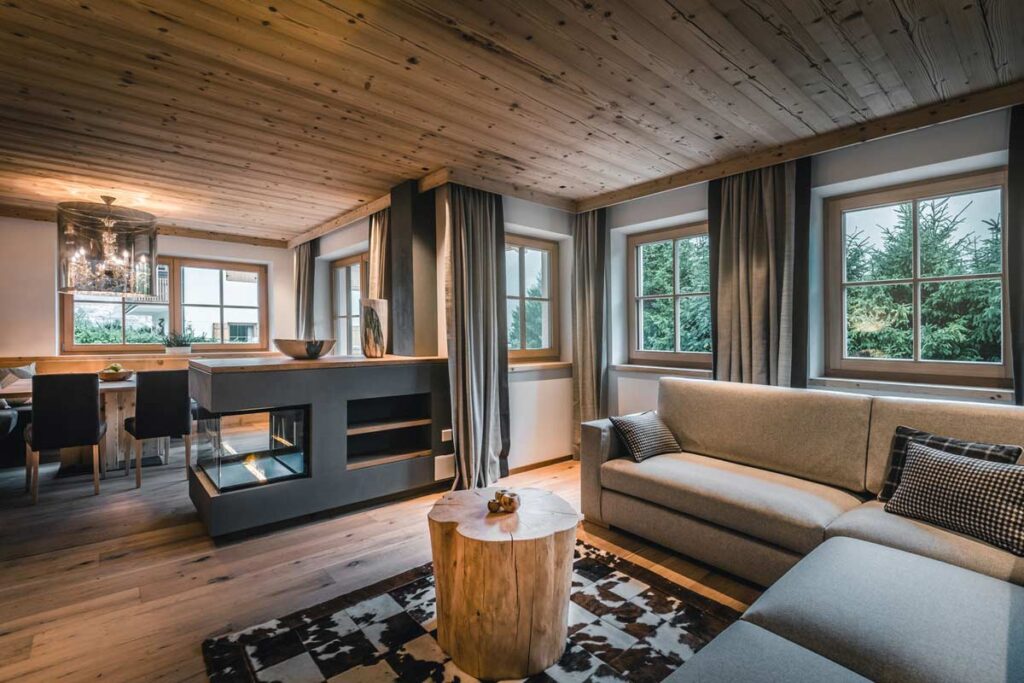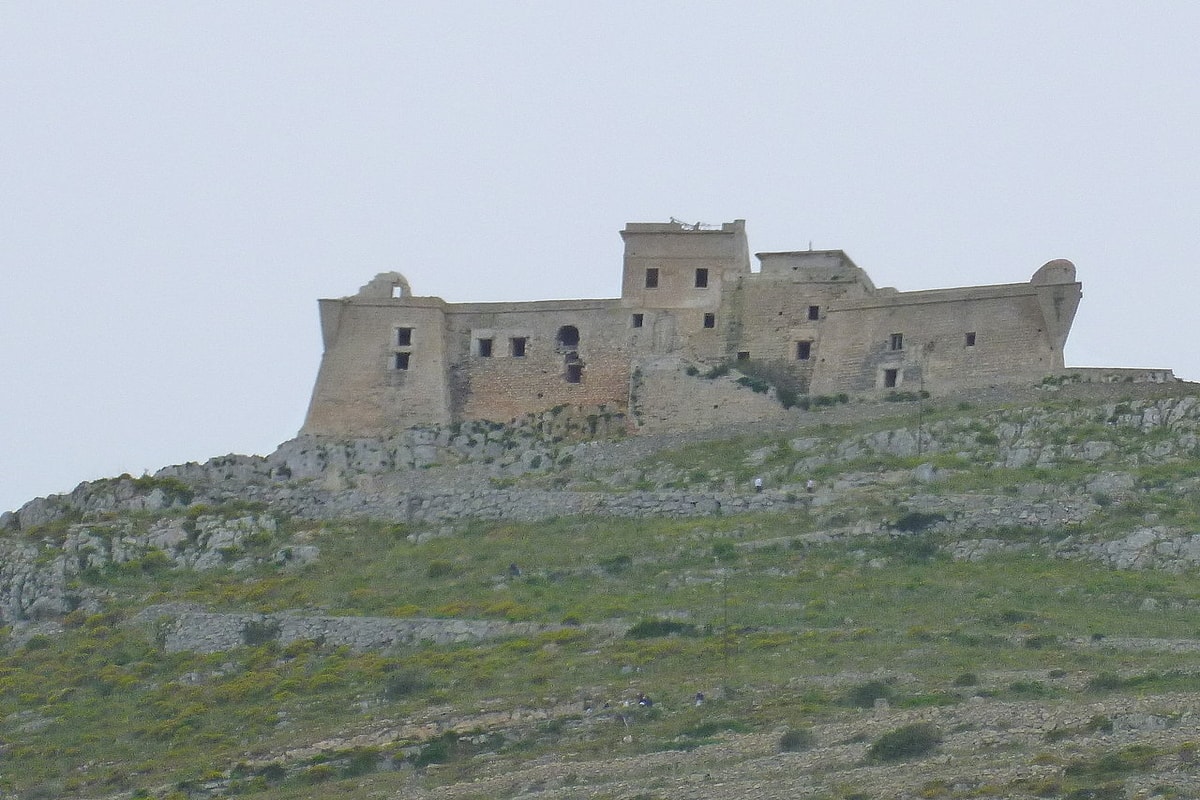


As you stroll along the sun-kissed shores of Praia da Rocha, a majestic structure catches your eye, beckoning with tales of maritime defense and ancient battles. The Santa Caterina Fortress, silently guarding over the azure waters below, is a relic from a bygone era when knights and corsairs roamed the seas.
| Indulge in an unforgettable Italian adventure with our luxury villa rentals Italy, where luxury knows no bounds. |
This medieval fortification castle holds secrets that have stood the test of time, its facade offering not just panoramic views but whispers of history at every turn.
Constructed atop earlier fortifications to shield against pirate incursions, this fortress encapsulates centuries of strategic military importance in its stone-walled embrace. By delving into our article, you unlock the doors to this cultural treasure—learning about its role in coastal defense and transformation into an alluring tourist destination.
With each line read, envision yourself traversing ancient ramparts and uncovering layers of Portuguese heritage beneath your feet. Join us on this journey back in time; let’s explore together!
Nestled atop the rugged cliffs, Santa Caterina Fortress whispers tales of ancient conquests and strategic defense. Its storied walls bear witness to centuries of transformation, from a Saracen stronghold reborn under Renaissance ambition to a Bourbon prison echoing with the silent stories of captives long forgotten.
The Santa Caterina Fortress, perched on a commanding hilltop, stands as a testament to cultural resilience and architectural ingenuity. Architects of the 15th century laid its robust foundations atop the ruins of an ancient Saracen stronghold, weaving history into every stone.
These master builders transformed what once was a symbol of conflict into a bastion of defense against pirates and privateers.
Imposing rock walls rise from rocky soil where Saracen warriors once stood guard, watching over the strategic river Arade below. This fortification not only served as a military outpost but also became an emblem of power in the region, with its enlargement later enhancing its imposing stance.
The fortress now invites visitors from around the world to walk through gateways echoing tales from centuries past, offering panoramic vistas that marry natural beauty with historical grandeur.
As the Santa Caterina fortress castle expanded beyond its original boundaries, it entered a new chapter under the command of one influential leader. The viceroy Marquis of Pescare spearheaded this castle a grand enlargement building project during an era marked by Charles V’s powerful reign over the Holy Roman Empire.
His visionary expansion not only fortified its defensive capabilities but also transformed it into a bastion of regal might and splendor.
Pescare’s architectural enhancements echo through time as each stone tells a story enriched with cultural heritage from that period. Visitors today can walk along ramparts widened for artillery, stand where sentinels once kept watch, and marvel at sprawling courtyards designed to impress both citizen and noble alike.
These lasting modifications are testaments to the strategic importance and opulence that characterized Santa Caterina fortress in its prime as a guardian against corsairs along the Mondego river entrance.
Following the expansion directed by Marquis of Pescara, Santa Caterina Fortress soon took on a more somber role. In the late 18th century, the Bourbons commandeered fort, and occupied this regal structure as a place of incarceration.
The once formidable bastion of defense transformed into a silent witness to the echoes of prisoners’ footsteps. Its walls, which had repelled invaders, now held within them individuals deemed enemies world war or criminals by Bourbon rulers.
The fortress’s transition to a prison reflected changing times and power dynamics in Europe. During their reign from 1794 to 1860, the Bourbons used Santa Caterina not just as any jail but as one pivotal to their penal system.
It became part of an organized and extensive network where captives from various backgrounds faced long-term imprisonment far away from society’s eyes. Their stories remain etched in stone and history—some forgotten tales among the annals that have shaped our understanding of justice and governance during that era.
As the morning sun casts golden hues upon the robust stones of Santa Caterina Fortress, its grandeur whispers tales of a bygone era, designed not only for defense but also to impress.
The fortress stands majestically, a sentinel over the harbor below, with old canons silently guarding against invisible foes—a testament to architectural mastery that has endured the relentless march of time.
Perched majestically above the island and bustling harbor, the Santa Caterina Fortress commands an imposing presence in Portimão. Its fort and elevated position empowered watchful eyes to survey incoming and outgoing vessels, serving as a crucial lookout point against potential threats.
The city with wide-spanning views from atop its walls offered not only strategic defense advantages but also a breathtaking panorama of the maritime comings and goings that have always been the lifeblood of this coastal region.
The fortress’s prime location ensured control over access to the Algarve’s shores, solidifying its role in regional security throughout history. Mariners and merchants once relied on its looming silhouette for navigation, while today’s visitors cherish it as a window into bygone eras.
Here stands a silent sentinel, still watching over azure waters—a testament to human ingenuity in fortification and an unspoken promise of steadfast protection bestowed upon Portimão for centuries past.
Standing guard over the beach and the harbor, the Santa Caterina Fortress is not just a sentinel built of stone and mortar. Within its walls lie treasures from bygone eras, ready to whisper tales of ancient battles and the ebb and flow of empires.
With its towering presence, the Fortress of Santa Caterina stands as a silent sentinel; it has defied time itself, guarding not only the vital waterway of the Mondego river but also preserving tales of maritime valor.
Today, it beckons travelers from afar, offering a glimpse into an era of second world war where bravery and strategy were key to survival against all odds.
The Santa Catarina Fortress stood as a bastion of the island of defense, its cannons trained on the azure expanse of land across the Atlantic. As Corsairs prowled the waters, seeking to breach Portugal island’s shores, this fortification was their indomitable obstacle.
Its construction in 1585 marked a pivotal moment for coastal security; no longer could marauders silently slip through the Mondego River entrance. Strategically placed to surveil and control access, it was here that sailors breathed relief and pirates met their match.
Erecting walls that whispered of power and perils thwarted, Santa Caterina Fortress became synonymous with protection. Mariners sang ballads about her resolute guard over Montego’s gateway—a shield erected to defend them against the sea’s most cunning predators.
Her presence reinforced not just physical safety but also emboldened a sense of cultural pride; for within her sturdy grasp lay safeguarded trade routes vital to Portuguese prosperity.
Lest we forget, heroes needn’t always be flesh and blood—sometimes they are stone and mortar, standing watch over trembling tides.
Santa Caterina Fortress stands proudly as a beacon to those who delight in history infused with the charm of Portugal’s coastal grandeur. Visitors flock to this elegant bastion perched above Praia da Rocha beach, drawn by its panoramic beach views that promise a majestic look upon the azure Atlantic.
Here, one can saunter along ancient walls where echoes of bygone eras linger amidst the salty sea breeze.
Elevating sightseer experiences, the fortress marries past and present in an enchantment of cultural exploration. Patrons revel under sunlit skies while meandering through corridors once patrolled by vigilant soldiers.
For connoisseurs of culture and luxury, Santa Caterina offers more than just a glimpse into Portugal’s strategic prowess; it provides a serene escape overlooking Portimão’s harbor—where every glance outward is met with picturesque seascapes and every inward gaze finds the rich tapestry of Portuguese heritage.
The fortress stands as a proud sentinel, its walls whispering tales from the past. Visitors tread through history with each step on the ancient stones. Views from its ramparts stretch far, offering a sweeping panorama that captivates and charms.
The fort’s legacy endures, bridging centuries and beckoning explorers to discover its secrets. Here, the echoes of bygone eras meet the pulse of present-day curiosity.
The Santa Caterina Fortress, known as Forte de Santa Caterina in Portuguese, stands majestically on Monte Brasil, an island overlooking the Azores sea with a history that whispers tales of the Second World War.
Alexandre Massai, a visionary of his time, sketched the robust walls and strategic placements that make up the Castle of Santa Caterina, ensuring its legacy as an impenetrable sentinel by the sea.
Yes! You can step back in time and stroll through the stone-clad passages of Fortaleza de Santa Caterina where the building on every corner tells a story soaked in history for those who appreciate ancient architecture.
Indeed! For those eager to dive deeper into its past from afar, Wikipedia—the free encyclopedia—sheds light on its rich background while Wikidata items offer tidbits for trivia enthusiasts.
Absolutely! From budget hotels offering cozy stays to opulent five-star havens near Portimão, Portugal; visitors have options aplenty to rest and reflect after a day spent wandering within its storied grounds.
The Forte de Santa Catarina, also known as the Santa Caterina Fortress, is built as a historical fortification strategically located on a cliff overlooking Praia da Rocha beach. It played a critical role in defending the coast from invasions and pirate attacks, symbolizing Portugal’s maritime strength and resilience throughout history.
Yes, within the Santa Caterina Fortress, visitors can find a small chapel dedicated to Saint Catherine. This chapel, steeped in historical significance, offers a glimpse into the religious and cultural aspects of the fortress’s past.
The Santa Caterina Fortress is a prominent attraction in the Algarve region, known for its stunning architecture and panoramic views of the sea and the surrounding cliffs. Its historical importance, attractions and picturesque location make it a must-visit for those exploring the cultural and natural beauty of the Algarve coast.
Visitors to the Fort of Santa Catarina can expect a journey through history, with opportunities to explore the fort and its well-preserved walls, enjoy breathtaking views of the sea and coast, and learn about the fortress’s role in protecting the region from maritime threats. The site also offers a unique vantage point for photography enthusiasts.
The interior of the Santa Caterina Fortress is generally accessible to the public. Visitors can walk through its historical corridors, witness the preserved architectural features, and enjoy the scenic views from its vantage points. It’s advisable to check for any visiting restrictions or scheduled events beforehand.